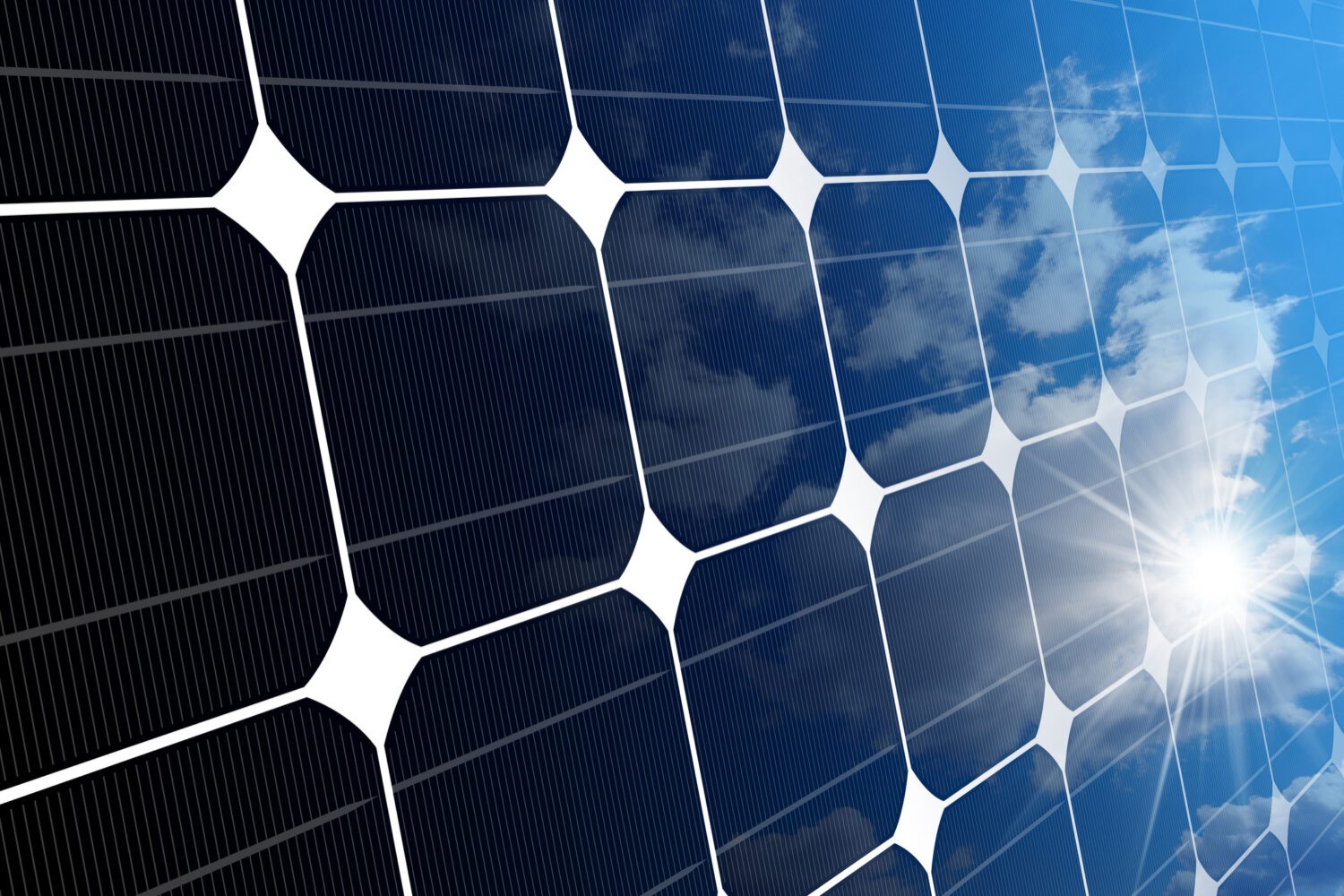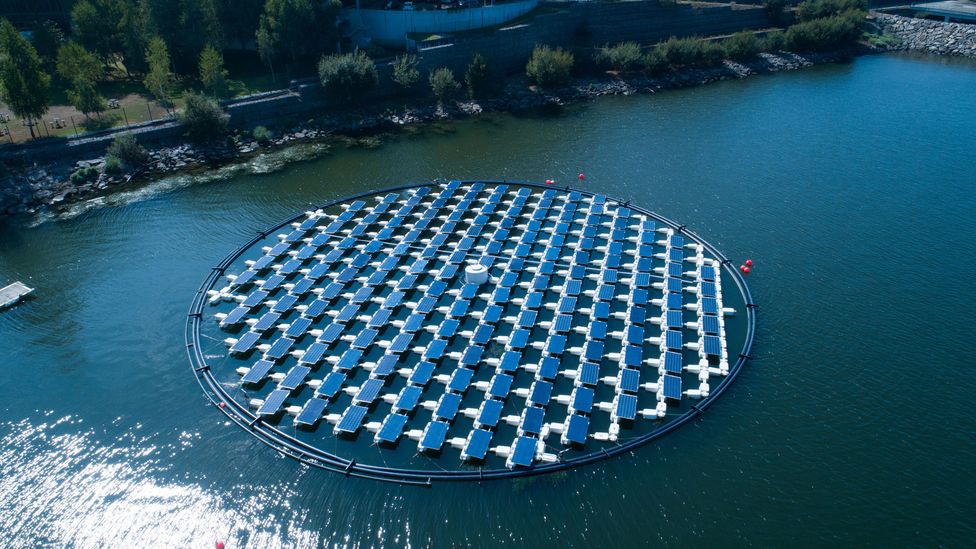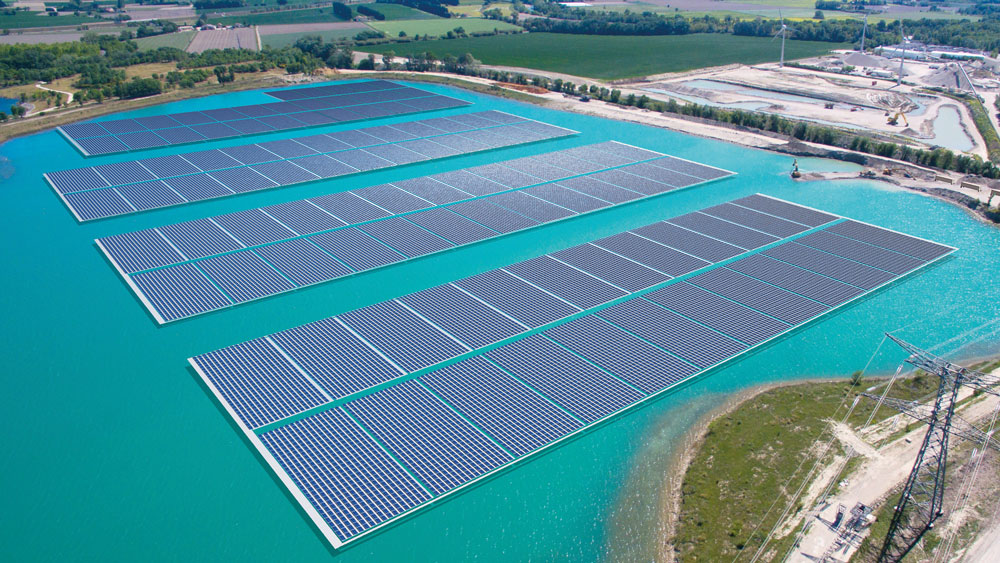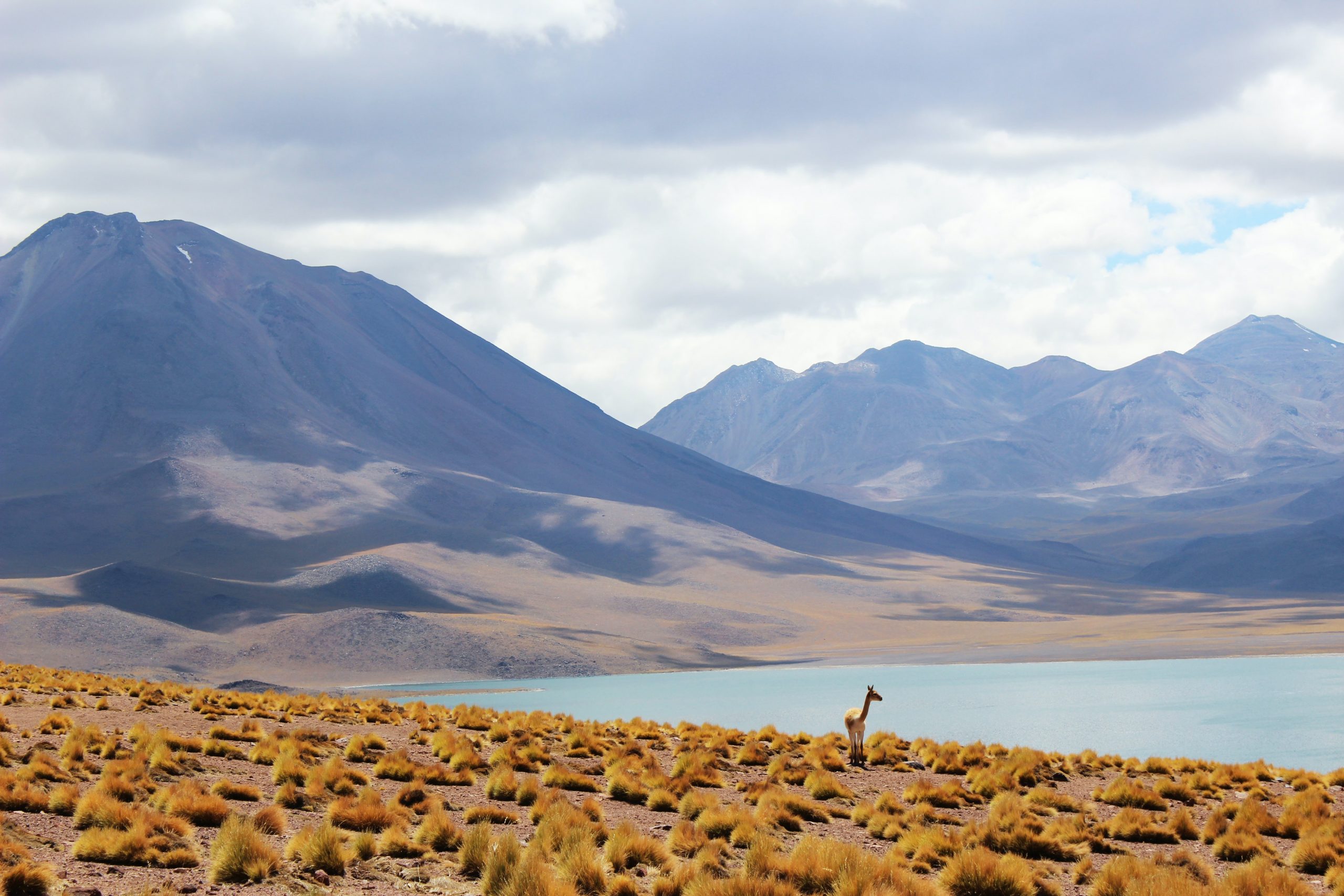
The artificial island that tracks the Sun
Many countries are investing in floating solar installations, more efficient and sustainable than traditional ones. A Portuguese company has done even more, developing Protevs, an artificial island that tracks the Sun as it moves
On Oostvoorne Meer, a lake in the Netherlands, a shiny circular island floats. It is named Protevs after the ancient Greek sea god, and it is covered in 180 of moving solar panels, with a total installed capacity of 73 kilowatt of peak power (kWp). SolarisFloat, the Portuguese company which built it, believes this small installation could scale up the production of clean electricity, making it more sustainable and efficient. Unlike the many floating solar farms being installed in lakes, reservoirs and coastal areas across the world, Proteus technology meticulously tracks and follows the Sun as it moves across the sky, to catch as many rays as possible.

Floating solar is a rather new renewable energy option, but it has huge potential. Floating solar capacity has grown hugely in the past decade, from 70 MWp in 2015 to 1,300MWp in 2020. The market for the technology is expected to grow by 43% a year over the next decade, reaching $24.5bn by 2031.
Covering just 10% of all man-made reservoirs in the world with floating solar would result in an installed capacity of 20 Terawatts (TW) – 20 times more than the global solar photovoltaic (PV) capacity today, according to the Solar Energy Research Institute of Singapore (Seris) seen by BBC. Conventional solar farms are often criticised for the amount of land they occupy that has a harmful impact on farming and biodiversity of ecosystems. Solar energy requires a huge amount of space, at least 40-50 times more than coal plants and 90-100 times more than gas, according to research by Leiden University in the Netherlands.
To work properly, Solar PV panels typically operate at peak efficiency between 15C and 35C. The cooling due to the proximity to water of floating solar helps the panels operate more efficiently and increases their electricity.
Floating solar panels are a fairly recent alternative, but one with great potential. In the past decade, the total capacity has grown tremendously, from 70 MWp in 2015 to 1,300 MWp in 2020.
SolarisFloat’s technology is similar to the movement of sunflowers. Protevs’ single-sidedpanels slowly rotate every few hours on two axes, using mechanical, geospatial and light sensors to precisely follow the elevation of the Sun’s path, as it moves from east to west.
Floating solar can increase electricity production by up to 40%, but the benefits go beyond this. First, it can help prevent the spread of toxic algal blooms, which thrive in warmer waters and can be harmful for both humans and animals.
Moreover, it can prevent evaporation of water – an especially important advantage in arid areas where water is a precious resource. A 2021 study found that floating solar panels on a reservoir in Jordan, one of the world’s most water-scarce countries, reduced evaporation by 42%, while producing 425 MWh of electricity annually.

European largest floating solar system is located in Piolenc, France
When combined with other clean technologies, for example existing hydropower infrastructure, floating solar panel could help provide a steady power supply during variable weather conditions.
As demand for renewable energy soars and climate impacts such as droughts increase, SolarisFloat offers a “win-win solution”, that gave them a position as finalist for the European Inventor Award this year. The high cost of materials, such as steel and plastic, and the complex installation are the major hurdles which are stalling the global rollout of installations such as Protevs.

